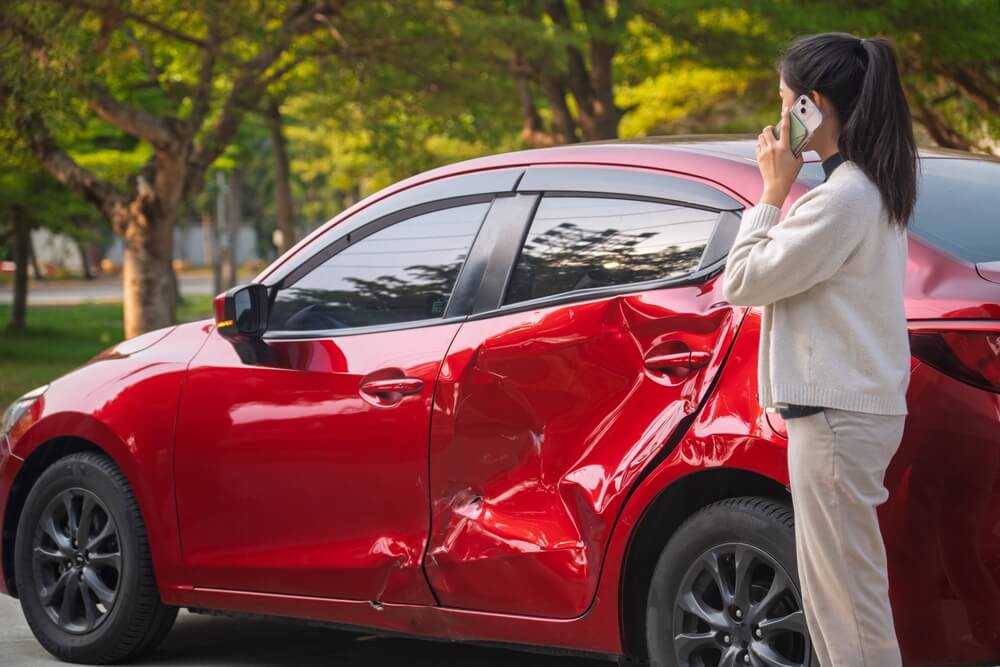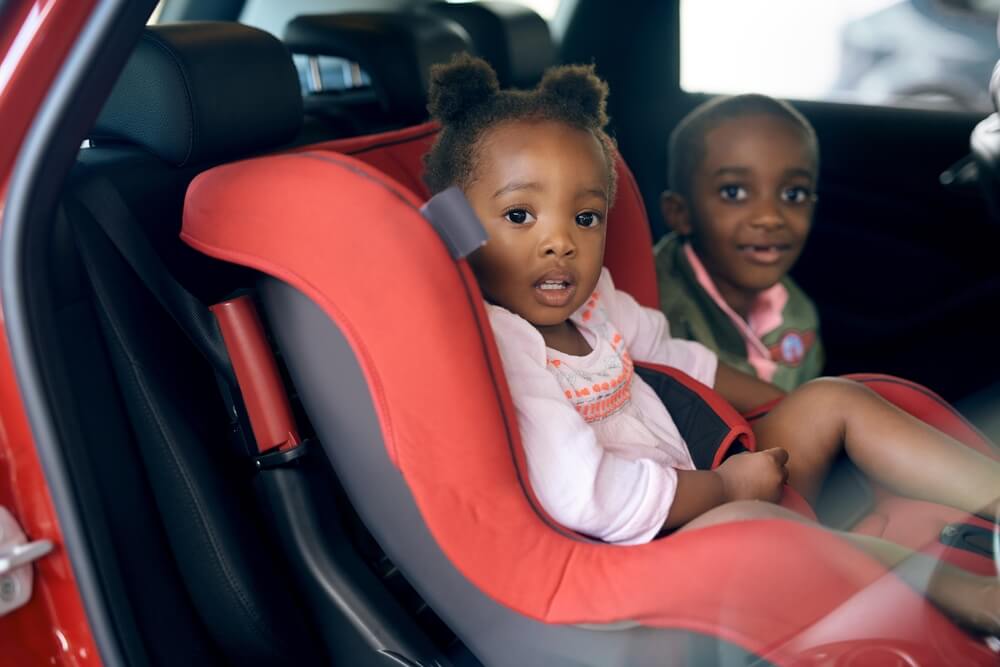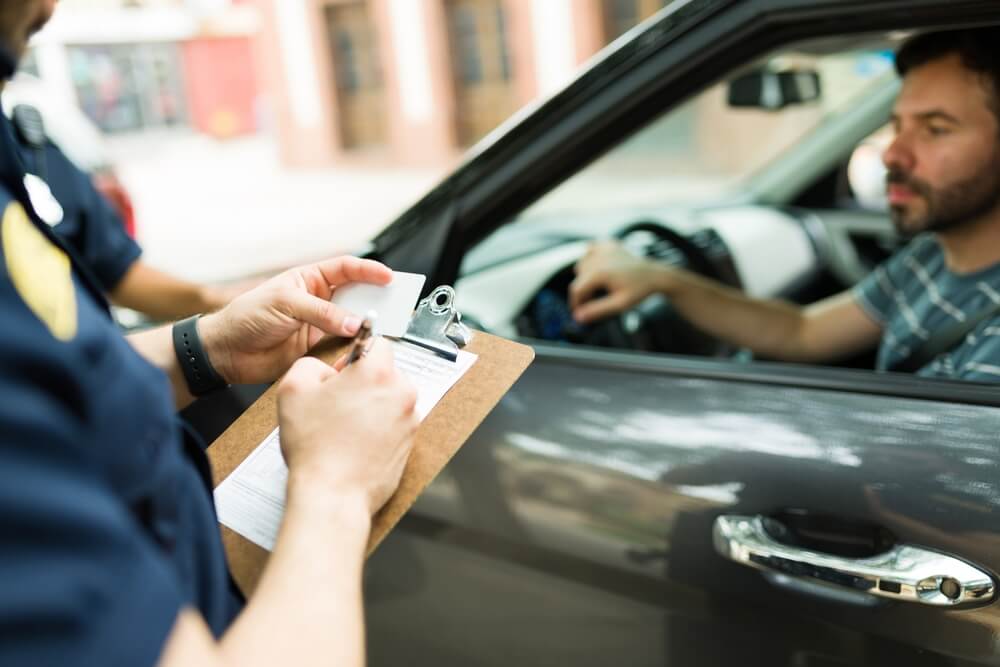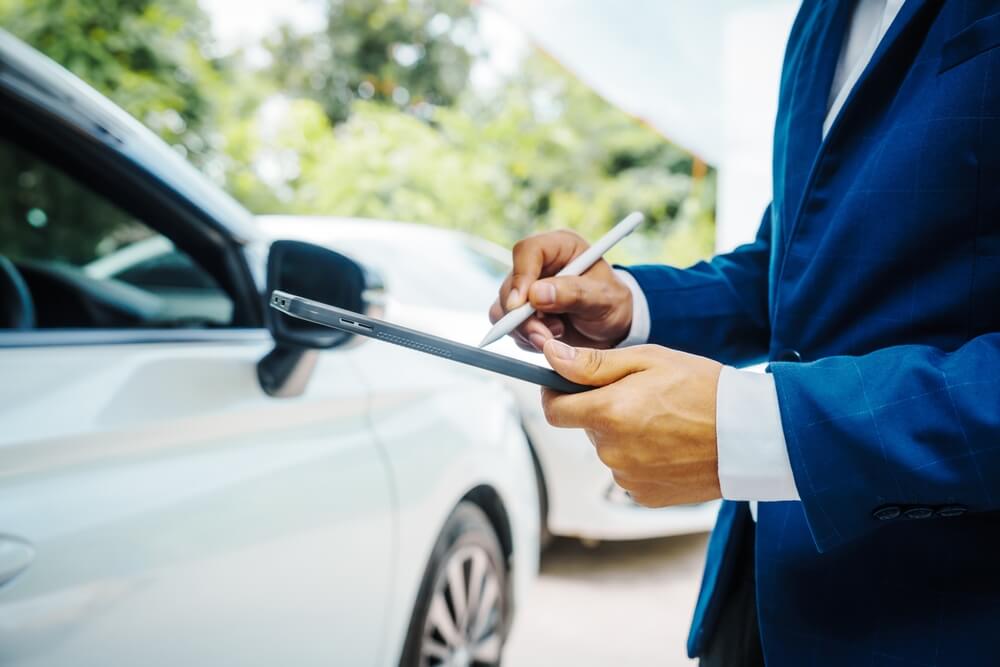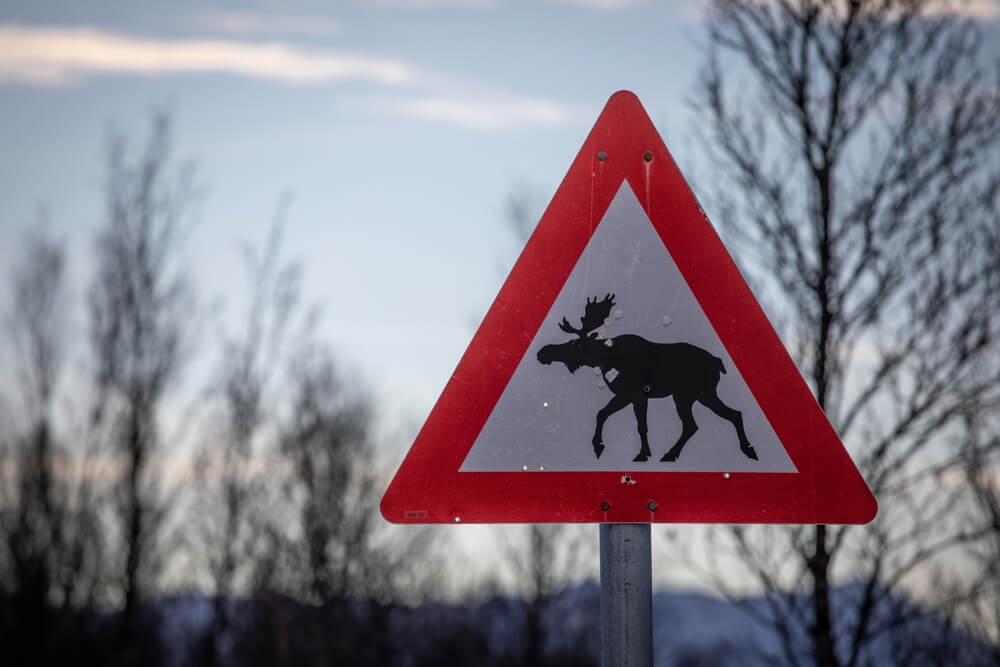
If you are not redirected within 30 seconds, please click here to continue.
Samedi: 10h – 16h HAE

If you are not redirected within 30 seconds, please click here to continue.
If you are not redirected within 30 seconds, please click here to continue.
A guide to getting your driver's licence in Alberta
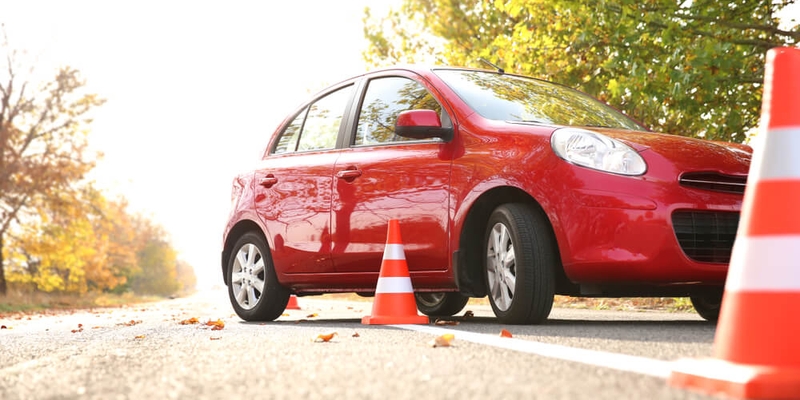
This article has been updated from a previous version.
In order to legally drive in Canada, you’ll need a driver’s licence that is authorized by your local province or territory. Each province has a slightly different licensing process for new drivers. Alberta requires their drivers to go through a Graduated Driver Licensing program (or “GDL” for short), which includes a learner's stage and a probationary stage before receiving their full licence.
Let’s dive into the step-by-step process of getting your driver’s licence in Alberta.
Stages to getting your licence in Alberta
It takes at least three years to complete both stages of the Graduated Driver Licensing system. Drivers have five years to complete the process, which begins with a Class 7 learner’s licence, and ends with a full Class 5 licence. Drivers who fail complete the licencing requirements within five years must start all over again.
The first two stages have restrictions on where and when new drivers can drive, whilst there are no such restrictions on the Class 5 non-probationary licence.
Stage 1: Class 7 – learner’s licence
With a Class 7 licence, you can drive a car or moped or any other Class 5 vehicle (listed below) as long as you have someone over the age of 18 with a full Class 5 licence or higher in the front passenger seat.
You must also meet the following requirements:
- Be 14 years of age or older.
- Have parental or guardian consent (if you’re under 18 years of age).
- Pass a vision and knowledge test.
Class 7 learner’s licence restrictions:
- No driving between midnight and 5:00am.
- You must have 0% alcohol levels in your system while driving.
- You can’t have more passengers than there are seat belts in the vehicle.
- You have up to 8 demerit points before your licence gets suspended.
How to get your Class 7 learner’s licence:
Step 1. Study the driver’s guide for cars and light trucks
Step 2. Visit a registry agent prepared with an acceptable form of ID and take a knowledge test. The test involves 30 multiple choice questions on Alberta’s road laws, the meanings of traffic signs and more.
Step 3. The registry agent will test your vision. If you successfully pass both the knowledge test and vision test, you’ll be able to purchase a Class 7 learner’s licence card. You will also be given a temporary licence that is valid for 30 days, or until your licence card comes in the mail.
If you don’t pass the test, you can try again the next day, and once a day after that. Each attempt costs $17. There’s no limit to how many times you can take the test.
Stage 2: Class 5 (GDL) – probationary licence
In Alberta, there are two types of Class 5 licences: The probationary Graduated Driver’s Licence (GDL) and the full, non-GDL Class 5 licence.
The biggest differences between the Class 5 GDL and non-GDL licences are the demerit points, and alcohol limitations.
Both Class 5 licences allow you to drive all Class 5 motor vehicles, including:
- 2-axle single motor vehicles
- Motor homes without airbrakes (unless you have an air brake certificate)
- Trailers with one or more axles, as they don’t have airbrakes
- Mopeds, recreational vehicles, or a combination of recreational vehicles and a trailer (if the trailer has 2 or fewer axles and no airbrakes)
To get a probationary Class 5-GDL, you must:
- Have a Class 7 learner’s licence with at least one year of driving experience.
- Be at least 16 years old (if you’re under 18, you need written consent from your parents or guardian).
- Be a Canadian citizen, a permanent resident, hold a valid work or student visa, and/or have an approved refugee claim from the Immigration and Refugee Board of Canada.
- Live in Alberta and have proof of residence.
- Have valid identification.
Class 5-GDL restrictions:
- You can’t have more passengers than seat belts in the vehicle.
- A GDL licence will be suspended at 8 demerit points.
- You must always have a zero drug/alcohol level when driving.
- Class 1, 2, 3, or 4 licence upgrades are not allowed.
- A GDL driver cannot be the accompanying driver to a learner.
How to get a Class 5-GDL licence:
Step 1. Schedule a road test online or through a registry agent. They’ll provide you with an information sheet with requirements like eligibility, vehicle needs, necessary documents, and fees.
Step 2. A registry agent will perform your vision test. They might also ask for a medical report from your doctor if you have an eye prescription.
Step 3. After passing both tests, you can buy a Class 5 GDL licence card. You’ll get a temporary licence valid for 30 days or until your card arrives in the mail.
To upgrade to a full, non-GDL (Class 5) licence, you must successfully complete the probationary driving period, which typically lasts two years, and have no licence suspensions or demerits during the last year.
Stage 3: Class 5 – full, non-GDL licence
To be eligible for a full, non-GDL Class 5 Licence, you must:
- Be at least 18 years old.
- Have completed 24 months of probationary driving (you can reduce this down to 18 months by completing a Class 5 or Class 6 driver training program from a licensed driver training school).
- Have no suspensions or demerits in the past 12 months.
- Be a Canadian citizen, a permanent resident, hold a valid work visa, or have an approved refugee claim from the Immigration and Refugee Board of Canada.
- Live in Alberta and have proof of residence.
- Have valid ID.
Previously, getting a full licence and dropping those restrictions required the completion of an advanced road test costing upwards of $150. The basic road test is now replaced with an enhanced version that incorporates some elements of the scrapped advanced test. Those tests will now be 15 minutes longer.
Driver’s licensing fees
There are a few fees that you’ll be required to pay as part of Alberta’s GDL process:
- Knowledge tests (all class): $17.00
- Road test for Class 5 licence: $135.00
- Five-year licence (first time issue): $93.00
Other licence classes in Alberta
Among Alberta’s other five classes of driver’s licences are one motorcycle licence and four professional operator’s licences. To break it down further, they allow you to drive the following vehicles:
Class 6 – Motorcycle:
Allows you to drive a motorcycle or moped and all Class 5 vehicles as a learner.
Class 1 – Commercial:
Allows you to drive any motor vehicle including taxis, ambulances and tractor trailers. You may ride a motorcycle and other Class 6 vehicles as a learner.
Class 2 – Commercial (bus):
Allows you to drive any motor vehicle that a Class 3, 4, or 5 licence holder can drive, a bus, and Class 1 and 6 vehicles as a learner.
Class 3 – Commercial (3 or more axles):
Allows you to drive any motor vehicle that a Class 5 licence holder can drive, plus a single motor vehicle with three or more axles, and a motor vehicle with three or more axles towing a trailer with one or more axles (if the trailer isn’t equipped with airbrakes), such as a cement truck, a large flatbed truck, a garbage or front-load truck and more. You may also drive Class 1, 2, 4, or 6 vehicles as a learner.
Class 4 – Commercial (taxi, ambulance):
Allows you to drive all Class 5 vehicles, plus a taxi, ambulance, or bus that seats up to 24 people (excluding the driver). You can also drive all Class 1, 2, 3, or 6 vehicles as a learner.
Some new changes to getting your Albertan licence
There have been several recent changes in the last year to Alberta’s driver’s licensing process:
Automatic upgrade:
Drivers no longer need to take a driver's test and pay a $154 fee to exit the Graduated Driver’s Licence (GDL) program. GDL drivers who have had their licence for at least 24 months and have had no demerits within the last 12 months will receive a letter if they’ve been upgraded to a non-GDL driver.
However, this only applies to drivers who’ve finished their probationary period (24 months or 18 months with driver education) without suspensions or demerits in the last year. There are other specific criteria drivers must meet to get automatically upgraded.
Drivers who don’t meet these criteria will stay in the GDL program and will need to meet the requirements to move to the full Class 5 licence.
No new licence card required:
If you’re automatically upgraded, you don’t have to get a new licence card. Instead, you can get a new one the next time you renew your driver’s licence.
Driving outside of Alberta:
If you’re driving outside of Alberta, you’re required to keep the temporary licence letter with you or update your physical licence, as law enforcement outside of Alberta may not have access to Alberta’s database.
These changes aim to cut costs and bureaucracy for young drivers. It’s estimated that about 500,000 drivers are eligible for the automatic upgrade as of April 1, 2023.
Exchange a licence from outside Canada
If you’re exchanging a valid driver’s licence from certain jurisdictions, you can get an Alberta licence without a knowledge or road test.
These jurisdictions include Australia, Austria, Belgium, France, Germany, Isle of Man, Japan, Netherlands, Republic of Ireland, Republic of Korea, Switzerland, Taiwan, and the United Kingdom.
To exchange your licence from these countries, you need to:
- Surrender your original valid licence that’s equivalent to or higher than an Alberta Class 5 or 6 licence, along with any other licences you have, even expired ones.
- Provide proof of at least two years of licenced driving experience for a full Class 5 licence.
- Provide proof of residence in Alberta and legal status in Canada.
Exchanging a licence from another province
If you’re moving from a different province in Canada with the aim of permanently residing in Alberta, you are eligible for an Alberta driver’s licence without having to undergo the knowledge or road test, as long as you exchange your licence within 90 days of becoming an Albertan resident
Here are the steps:
- Provide proof of residence in Alberta and legal status in Canada.
- If you have a full driver’s licence, motorcycle licence or commercial operator’s licence from another province, you’ll receive the equivalent Alberta Class 3, 4, 5, or 6 licence.
Other licence exchanges
Temporary residents:
Students, visitors, temporary workers from another province in Canada, and workers under the Seasonal Agricultural Worker Program can’t get an Alberta driver’s licence as they’re not permanent residents. However, they might be able to legally drive using a driver’s licence from their home province or country.
U.S. licence exchange:
If you have a Learner’s permit, Class D, or Class M - licence from the U.S., you can exchange it for the equivalent Class 5, 6, or 7 without extra tests. For any other class, you’ll need to complete all tests.
Ukraine licence exchange:
If you have a Ukrainian Category B or BE licence, you can exchange it without extra tests. For any other class, you’ll need to complete all tests.
Can you get auto insurance with a class 7 learner’s licence?
In Alberta, a person with a Class 7 licence (learner’s permit) generally can’t insure a vehicle solely in their own name. Most insurance companies require the primary driver to have a full, non-GDL licence.
However, a Class 7 driver can be added to someone else’s insurance policy as an occasional or secondary driver under the vehicle’s owner’s insurance.
You must inform the insurance company that a Class 7 driver will be operating the vehicle, even if only occasionally. Failure to notify your provider can lead to policy cancellations and/or lack of coverage in a claim.
Read more: Why you should add Family Protection Coverage to your auto insurance policy
Which type of car insurance is required, and when is it necessary?
Auto insurance in Alberta is regulated by the government. There are some mandatory features you need to have such as third-party liability, accidental coverage, direct compensation for property damage (DCPD), and some optional ones like collision, comprehensive, and glass coverages to consider. However, they may be required if you lease or finance your car.
Read more: Does your car insurance policy include collision and comprehensive coverage?
Similar to many other provinces, in Alberta, car insurance typically follows the car, not the driver. This means that if a class 5 licensee borrows someone’s car and crashes it, the vehicle owner’s insurance will cover the losses. However, the owner’s premiums may increase as a result.
The exact cost increase of adding a Class 7 licence driver to a car insurance policy will depend on several factors, including but not limited to your age, driving history, gender, type of vehicle, where you live, claims history, and coverage amount.
Read more: These are the top five factors that influence your auto insurance rate
Does my insurance premium get cheaper after getting a Class 5 licence?
Let’s look at two different drivers with the same licence but varying driving experiences that change how their insurance premiums are priced:
- Class 5 (experienced driver): $182.83 monthly or $2,194/annually.
- Class 5 (new driver): $410.33 monthly or $4,924/annually.
These are the best RATESDOTCA quotes based on a profile of a 35-year-old Alberta man with a 2023 Honda Civic (financed) with no claims, traffic convictions, or suspensions, and an overall clean driving history.
How to save on insurance premiums
Securing a good deal on auto insurance in Alberta is simpler than it appears. Aside from comparing auto insurance rates to get the best rate that meets your specific needs, here are six other strategies to help you save:
- Enroll in a driver’s education course: For novice drivers, enrolling in a certified driver’s training program can not only speed up the process to get your full Class 5 licence but also gets you discounts from your insurer.
- Sign up for usage-based insurance (UBI): Usage-based insurance is a type of auto insurance that differs from traditional coverage by using your driving habits to determine the premiums you pay. There are two types of UBI: pay-as-you-go and pay-how-you-drive. While UBI has been available in Alberta since 2016, not all insurance companies offer it yet.
- Opt for winter tires: Although Alberta doesn’t mandate the use of winter tires, insurance providers in Alberta do provide discounts for drivers who have them (usually up to 5% off your annual premium).
- Equip your car with an anti-theft device: Alongside Ontario, Alberta has the highest number of car thefts annually among all provinces. Installing an anti-theft device such as a car alarm, a Club-style steering wheel lock or GPS tracker can demonstrate to insurance companies that you’re taking necessary safety precautions.
- Bundle your auto and home insurance policy: Insurance providers often offer discounted rates if you hold multiple policies with them. In Alberta, auto and home insurance are the most frequently combined products.
- Multi-vehicle discount: If you are part of a household that owns more than one vehicle, consolidating them under a single policy could save you up to 20%.
Read next: 20 Ways to Get Cheaper Auto Insurance
Save on Alberta auto insurance
Standard car insurance policies are one year long. If your renewal date is approaching, remember that comparing car insurance rates is the best way to save money you never know how much you'll save until you comparison shop. Another great time to look for a new car insurance policy is when you buy a new vehicle or move to a new neighbourhood.
To make sure you're getting the most competitive rates, compare Alberta car insurance quotes today!
Get money-saving tips in your inbox.
Stay on top of personal finance tips from our money experts!


